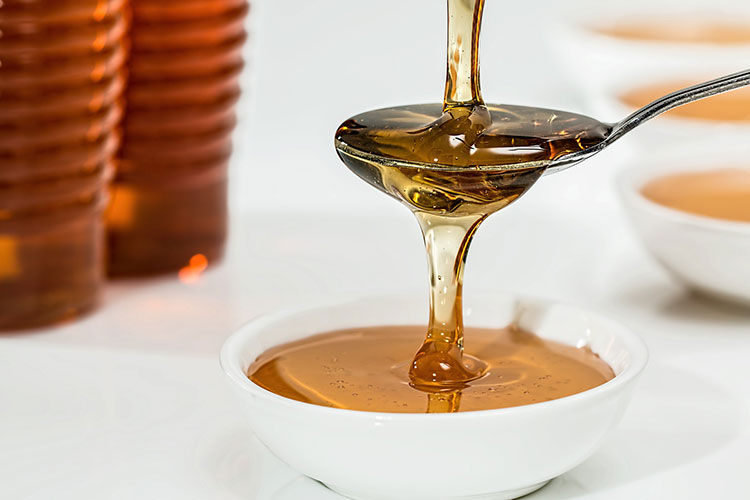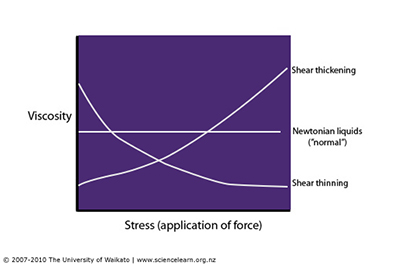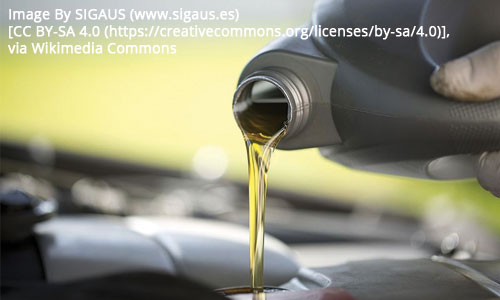Why Viscosity is Critical to Pump Selection
What is viscosity? Put in the most simple of terms, it is the thickness of a fluid and its ability to flow. Viscosity is typically measured in Centipoise (cP) or Centistokes (cSt). To give you an example that you’ll be able to picture easily - water has a viscosity of 1 cP at 20°C, whereas toothpaste is 100,000 cP. When you compare it to toothpaste, water is thinner and will flow a lot quicker, a lot easier. In this instance you’re never going to confuse the two, but when products have a generic term it’s not quite so simple!
Oil is oil, right?
Let’s say you’re looking for a pump for oil and that’s what you tell us. We just need to know the fluid to specify a pump for your application, right? Wrong. There are so many different types of oils, with viscosities varying anywhere from 12 cPs to 1600 cPs. If we don’t know exactly what oil and viscosity the oil has, you may find you have a fluid that doesn't pump how it should, or even pump at all. If a customer was to request a pump for motor oil, we would always ask what grade this was, just to ensure the pump would be capable of transferring it. For example, Motor Oil SAE 10 has a viscosity of only 50cP but Motor Oil SAE 40 has a viscosity of 540 cP – much, much thicker!
In order to specify a pump that meets your requirements, one of the vital questions we ask is "can you confirm the viscosity?" With fluids such as water, alcohol or even milk as because of their low viscosities, these fluids show little resistance to flow. With other fluids such as oil, varnish, yoghurt or honey it can significantly affect which pump we choose. The higher the viscosity, the thicker the product, the more difficult it can be to pump and therefore a higher viscosity pump would be required.

So now you’ve told us the viscosity of the fluid we’re ready to spec? Wrong again. Some fluids have viscosities that are susceptible to change depending upon the temperature they are being pumped at. The hotter a fluid is, the thinner it becomes and therefore less viscous. Think of butter. At temperatures of 5°C butter is solid, and sometimes difficult to spread! Whereas, if you leave it at room temperature it becomes more malleable. If you heat it up it becomes a liquid and easy to pour. Therefore the temperature you are pumping the fluid at will often also be requested.
Now for some science!
All liquids can be categorised into either Newtonian or non-Newtonian. Newtonian fluids remains at a constant viscosity no matter the amount of shear applied at a constant temperature. These include water, alcohol and mineral oil - no matter how much you agitate them they will not become thicker or thinner!
With non-Newtonian fluids, the viscosity can alter depending on the composition of the product and how it reacts to shear being applied. The way the liquid reacts can be identified in four ways - Dilatant (Shear Thickening), Pseudoplastic (Shear Thinning), Rheopectic and Thixotropic.

Dilatant and Pseudoplastic fluids alter viscosity depending solely on the application of force. As the above graph shows, the Dilatant liquids become much thicker when force is applied - think of a cornflour and water mixture. Pseudoplastic liquids are the exact opposite, with them become less viscous with increased stress - just like tomato sauce!

Similarly, Rheopectic and Thixotropic become more or less viscous but this is due to applying stress over time - if you whip cream for long enough, it becomes much thicker, or if you stir honey over a period of time it becomes much more fluid!
As you can see from the detail above, pumps for viscous fluids are often specific in design and this ultimately impacts our selection. All the questions we ask are to ensure we specify the right pump for you and avoid any incorrect pumps being chosen for your application. Please contact us with any questions or enquiries that we can help with.



